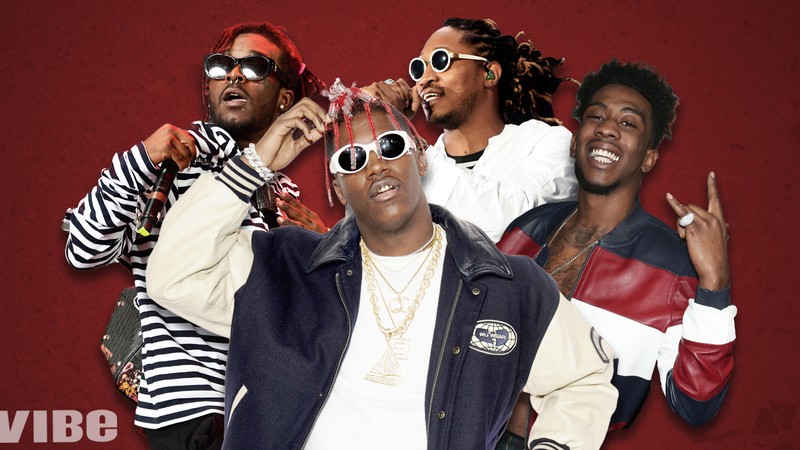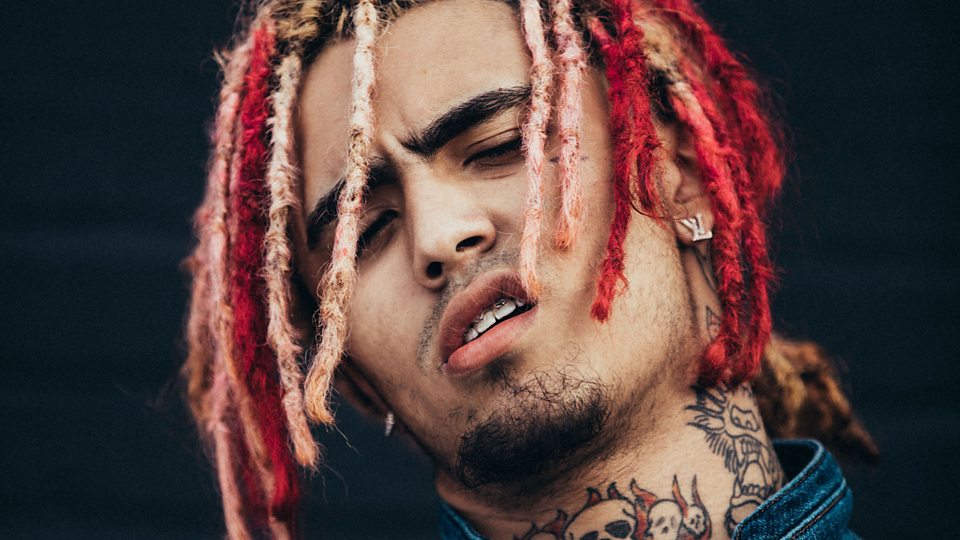Dan Eboka discusses the decay of music in our generation and the criticism of Mumble rap
From the grandeur of classical music, to the unruly harmony of jazz, the vile masculinity of Blues, the anarchy of Rock ‘n Roll, and the revolution that is Hip-Hop. Along with every genre past and present worthy of mention down to their amalgamation, I am a believer in music and its power for transformation and unification.
There has been what some would call a degeneration in Music today. The lamenting usually comes from the older generation about some deterioration in the artistry, nature and quality of sound, and overall content today. With my focus here being on Hip-Hop culture, and its thesis the “Rap-genre”, we could say the rancid remnants of this decay in sound have now congealed to form the bastard of them all in “Mumble Rap”: a sub-genre of rap and close cousin to Trap-music. This is the genre responsible for the Young-Thugs, and Lil Pumps of Rap, names sure to provoke the hearts of genuine Hip-Hop heads quick to draw on sand the chasm of artistry that separate these artists from, for example, the likes of Kendrick Lamar. Plus, it really doesn’t help that rappers in this new Rap category seem to always have the prefix “Lil” added to their names, all adding to the caricature of mis-colored hair do’s and Lean sipping juveniles.

The phrase “Mumble Rap” was first used in 2016 by Wiz Khalifa to label this emerging style in Rap and mock it for its lack of lyricism, slurred and unintelligible vocals, drug heavy content, and it’s emphasising on melody over any meaning or real content. Needless to say, there are artists today classed under this umbrella who have made commendable effort to add some real concepts and meaning to this sound. However, recent tweets from the award-winning American actor Samuel L Jackson help capture the disdain that still remains for this style of music; “Maybe if we under-paid these modern mumble rappers and over-paid teachers, we would have smarter kids and less shitty music”. First, I wouldn’t crucify Mumble Rap for its hedonistic, drugged and sexualised content. I’ll go further with a big brush and say all of popular music today is hedonistic, drugged or overly sexualised – a thread that could be trace back to the Rock ‘n Roll era. This is not a critique of the morality of music, far from it, as I truly believe this side of music has its own merits. However, this is to say if we are to take a “moral” critique, it all goes beyond mumble raps – it leaves us with the issue of its share incoherence. The phrase “I have no idea what he’s saying” is a natural response even for trained ear. However, patterns of this mumble rap have been in music since the beepbop jazzof the 1940’s. I then believe this not persuasive enough or acknowledging the genuine frustration that the kind-hearted music listener might feel when they listen to “Mumble Rap”. The seeming carelessness of its delivery should understandably anger the people that choose to compare it with some golden ageof rap: in their eyes, the group Migosare an insult to genre that graced the likes of the Wu-tang. If the “nothing is new under the sun” argument doesn’t suite you then read further.
Art and Transformation:
We need to understand that Artlike everything else that is of life is always subject to change. Note the transition during the early 19thcentury from the all too rational Neoclassicalmovement, to the Wild and Passionate Romanticismof William Blakeand Samuel Coleridge, to the later Aesthetic movementthat exalted the superficially beautifulin Oscar Wilde, spreading to cover French Decadent art of Charles Baudelaire, an absoluteworship of everything morally regressive. By my brave but weak attempt to condense all of art History timeline into those few lines, we should notice a slow but definite pattern: Arthas forever been in a downward spiral, like some flow chart. It loses many of its presumed ideals on its way down, what some would very well call a “Slow Decay”. The movement from the principled and idealist art of the Neoclassics, to the supposed irrational, emotion driven, wild and desolations of the Romanticsis evidently mirrored in the trajectory of the Rap genre as we see it slowly transform from an idealist sport, “lyrical” and “thoughtful” to the “drugged” and “brash” and likewise it should not be missed that the Romantics themselves faced their share of heartfelt criticism.

Image courtesy: Wikipedia
Decay or Adaptation:
In the bid of this transformation, the question whether the genre has lost its way begs a simple answer. Due to the subjectivity of the question however, you should get group who would tell you hand on chestthis music has helped them cope through rough times; a human feeling we all understand. But still I am to believe the majority would be against this Mumble Rapstyle, if only for its blatant incoherence. The gatekeepers down to the average music listener might conclude the trajectory of rap is a downward spiralat the mention of mumble rap.
However, there are nuances to this story that need understanding. We might not give props to the likes of the Future Hendrix, or Young Thugwho I genuinely believe have mastered the nuisance that is Mumble Rap, to a level of producing melodies and cadences sworn to make even marble statues nod in rhythm. I understand these sentiments might not be shared by all, but a fact that can’t be shaken is the necessity of this style transitionin music. Rather than a decay, I believe simply what we are experiencing is art adapting to mirror the changing needs and insecurities of time.
A genre also criticized for its vulgarity, lustfulness and sometimes meaningless content, is the evil twin to Hip Hop, Rock and Roll. The early 1950s saw the emergence of the Pop music as the supposed victor following World War 2, the US and UK produced sounds that where more or less odes of prosperity and optimism for a respectable and civilised post-war society. This new found confidence, along with the economic boom, introduced to the US and the world a new social class: the Teenagers, who with more financial independence and free time, found new ways to express this freedom. The following decade would see the emergence of the supposedly “delinquent” genre of Rock ‘n Roll,birthed from the former Rhythm and Blues, a sound the youth felt like was a true representation of the freedom they felt.

Today, the internet has brought with it a watering-down of truth; itself being the mechanic depiction of our postmodern era, as we’ve neglected single Grand-Narratives, and we understand that imposing a single idea or truth could be rather destructive in a world of many truths. Here, the youth is shown limitless possibilities, even more than the Rock ‘n Roll kids of the former era. However, with freedom and possibility comes much uncertainty; uncertainties that I believe are mirrored in the very distortion and muffled vocals of the mumble rapper. This genre captures the youth response to a postmodern world; nonchalance is the youth’s response to a world where seemingly all, but noneis true. In this way, art is attentive to the plights of its surroundings; Mozart’s classics could never capture the mad urgency, and distortion of our time like the Slump Godwould, in effect Mumble rapor whatever other “degenerate” genre, are soundtracks capturing the fears and needs of the time.
Moreover, the issue arises when we begin to compare the classes. We must not compare the greatness of the past to the uncertainties of the present, as you would always find the present falls short. In the long run we would realise the catharsis of this Mumble rapstyle. Where no other style could best ease the dilemma and confusion of the 21stcentury youth, the nuisance blubber and undeniable melody of the mumble rap took its place.